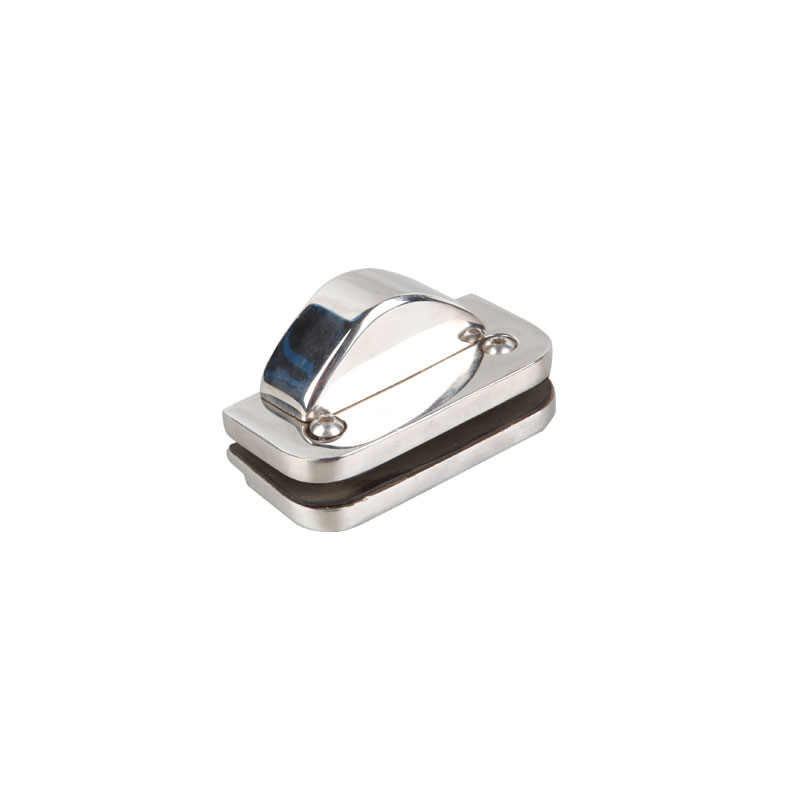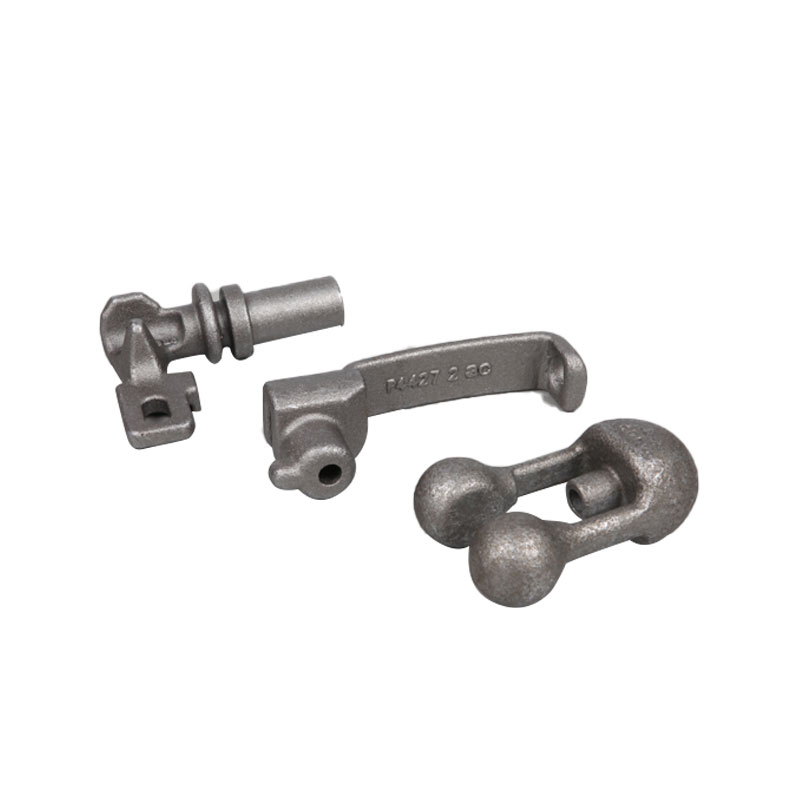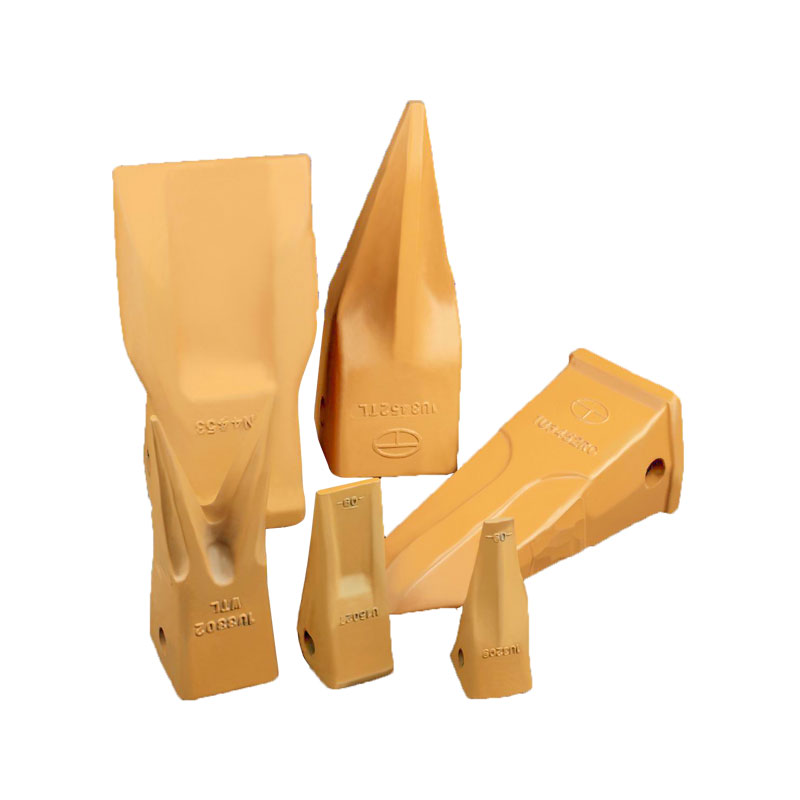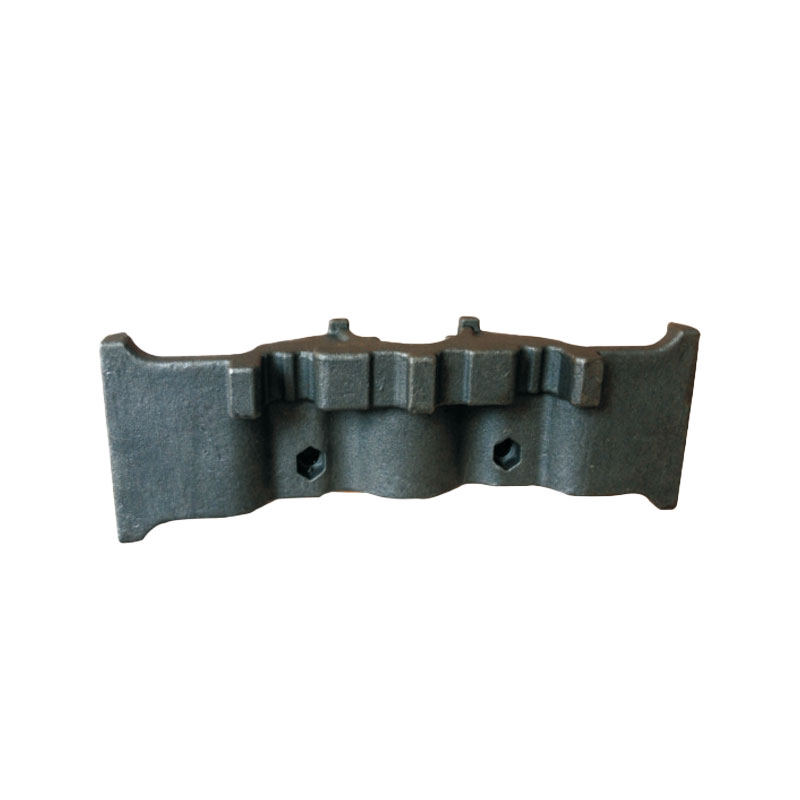The automotive industry is full of different types of […]
The automotive industry is full of different types of casting parts. The quality of these parts determines the durability of the vehicle. The types of automobile casting parts available depend on their complexity and precision. Most of these cast parts are lighter in weight, stronger, and exhibit better corrosion performance than their counterparts. But how do these different types of cast car components differ from each other? Here are some examples. Here are some advantages of automobile casting parts.
The first type of automobile casting part is aluminum. It comes in various colors and finishes. The most popular is white or black. The second type is red or blue. These are the most popular types. They are also available in a wide variety of colors. The most common color of automotive parts is black or gray. Depending on their use, these castings can be either painted or unpainted. ACTech hopes that rapid prototyping will help it influence the final product.
The second type of automotive casting parts is aluminum. It is made from aluminum or steel, and is lightweight. It is used for high-performance and long-term durability. In addition, the car parts are made stronger than ever before. These types of automobile casting parts are highly durable. Moreover, they comply with the requirements of NCAP standards, which force the manufacturers to develop innovative ways of manufacturing them. These are some of the key advantages of this manufacturing method.

The first type of automotive casting is aluminum. These parts are cast in a process that involves a high-strength alloy called aluminum-copper alloy. They are made from a mixture of various raw materials, such as aluminum and copper. These alloys can withstand extreme temperatures. Additionally, the automotive casting process is a critical part of the overall manufacturing process, and requires an experienced and capable team. This type of aluminum-copper-steel-iron (ACP) company.
The metallurgical process is a major driver of change in the automotive industry. Metals with high strength-to-weight ratios are used in modern cars. As a result, the automotive industry is increasingly requiring lightweight and high-performance components. The use of plastics and other composite materials in the manufacturing process is a popular and practical option. But in addition to these, there are many other benefits. While forged parts are typically stronger and lighter than their counterparts, the increased weight of automobiles is another factor that drives their popularity.
The production process is a crucial part of the automotive industry. A variety of processes are used to create automobile parts, from the initial design process to the end product. Several of these processes are covered in the Standard Operating Procedure (SOP). There is also a wide range of other types of casting, including dimensional and structural metal. Despite the high-quality of the end product, it is essential to consider the cost-efficiency of different materials.



